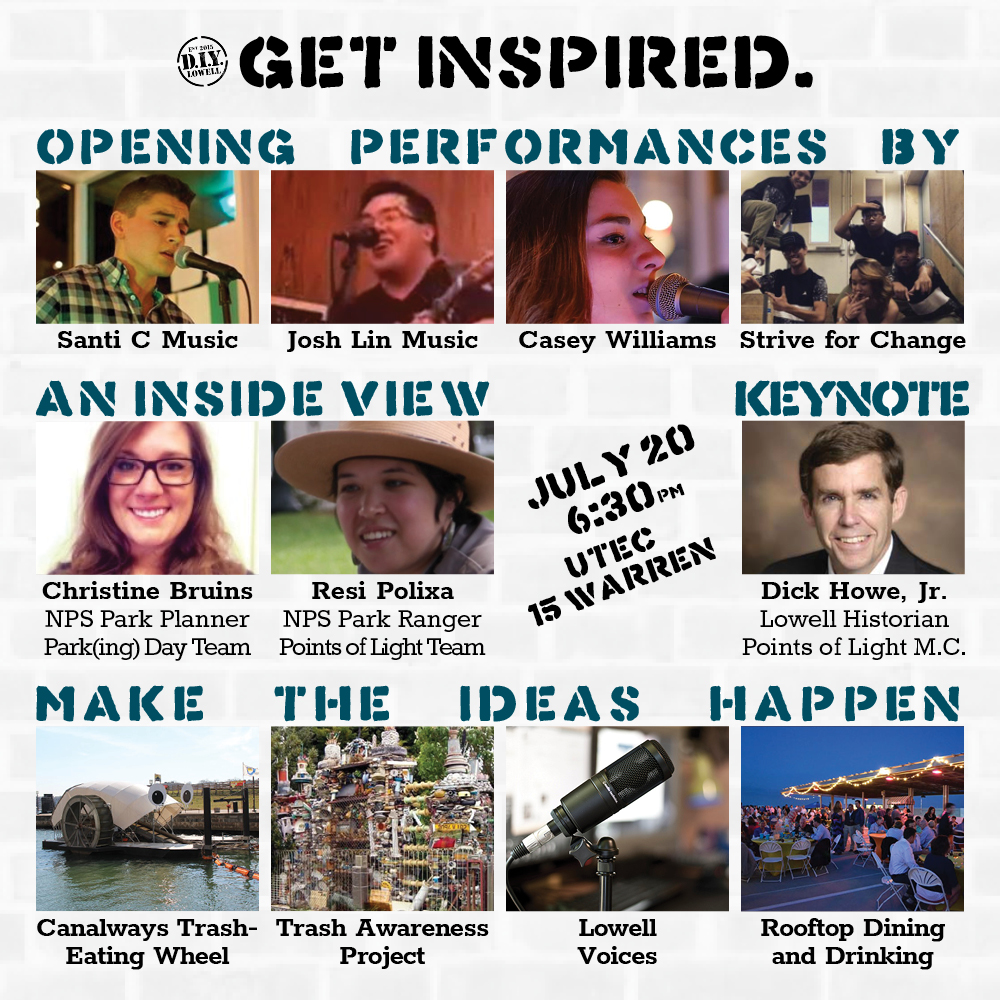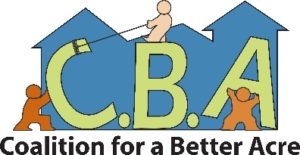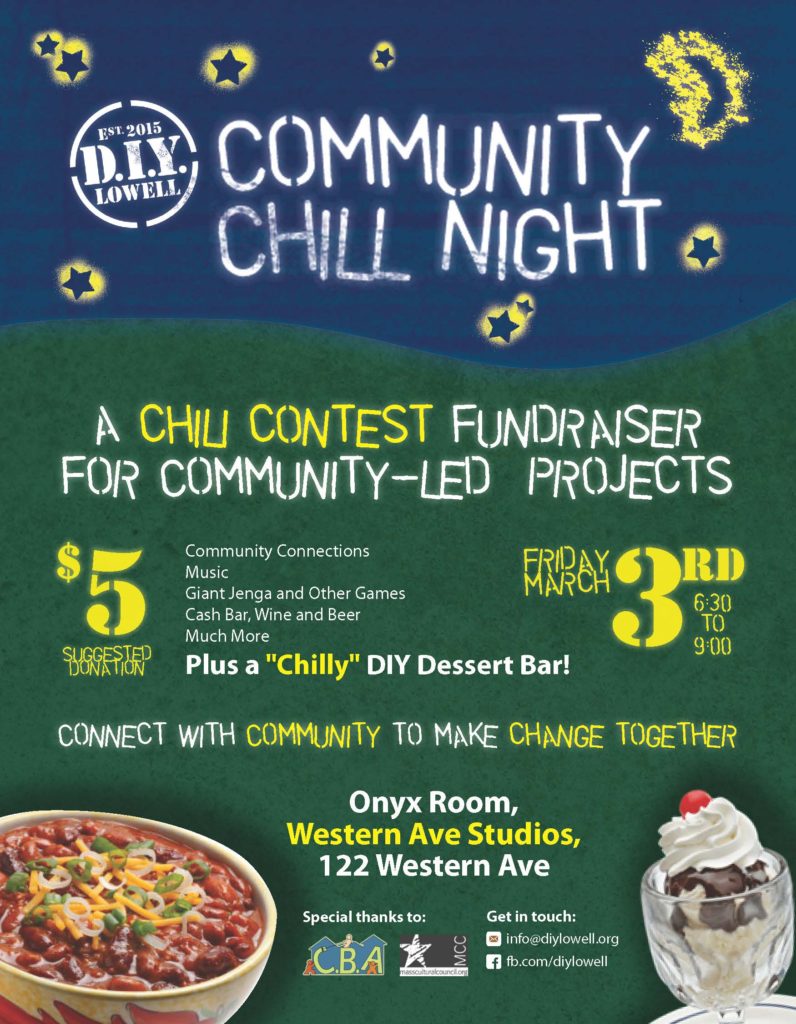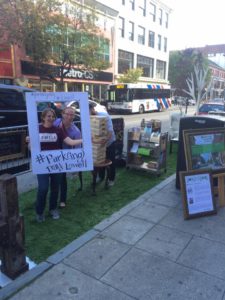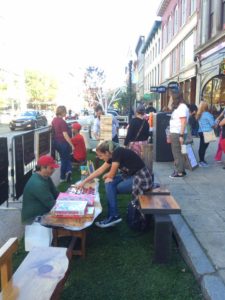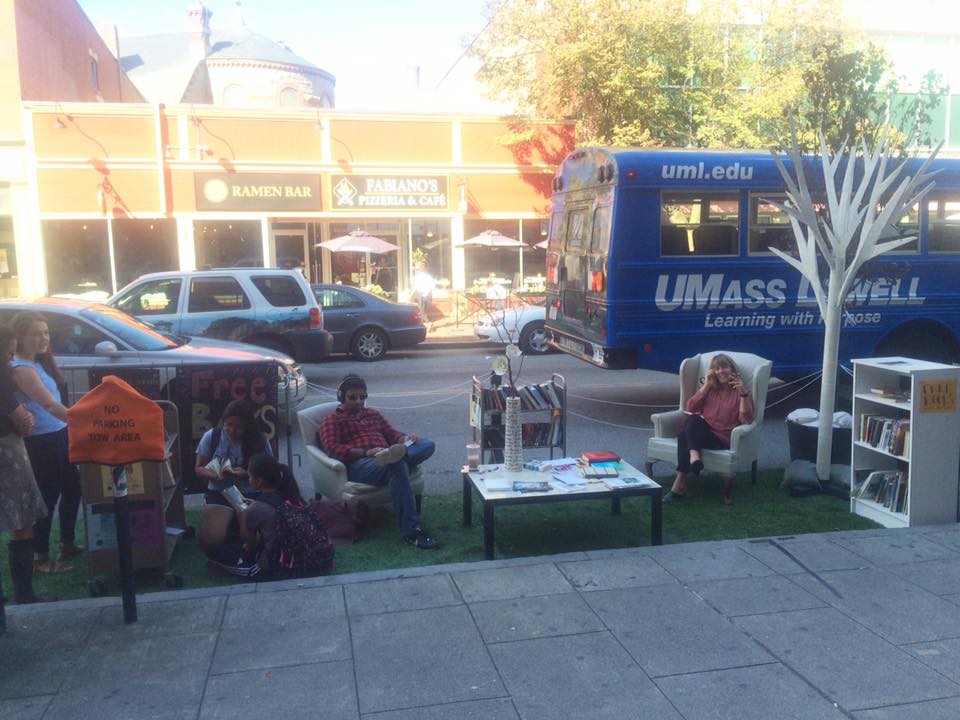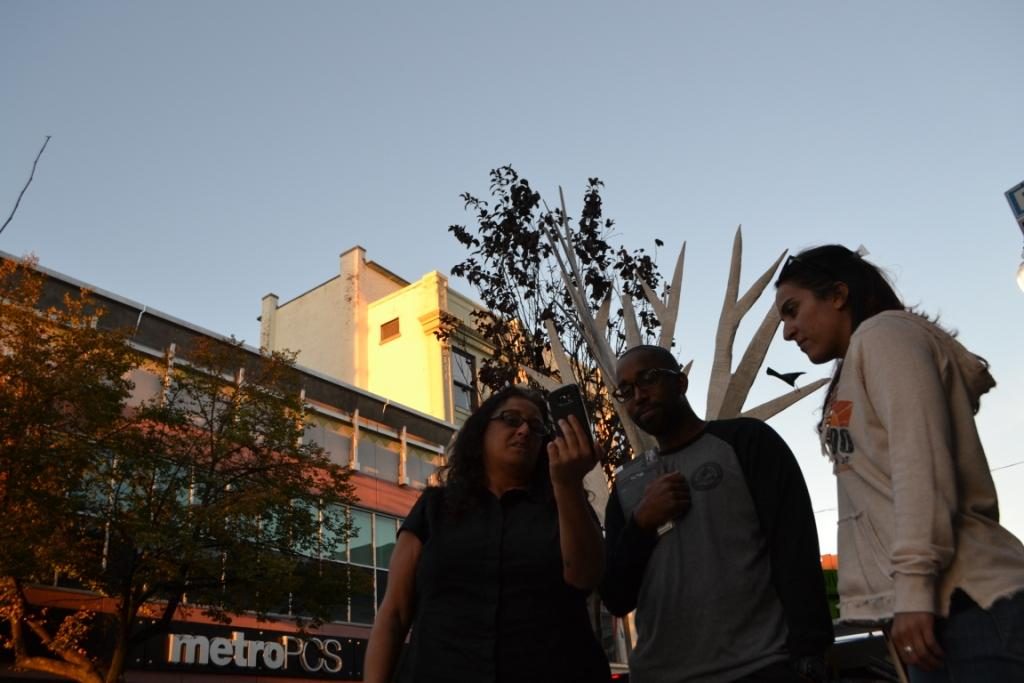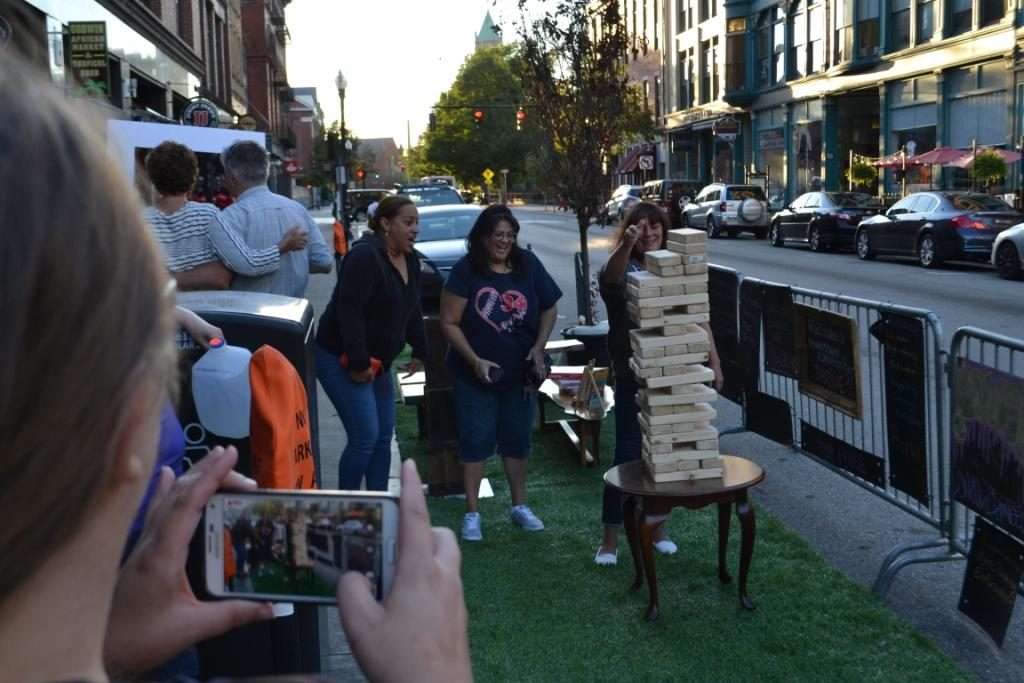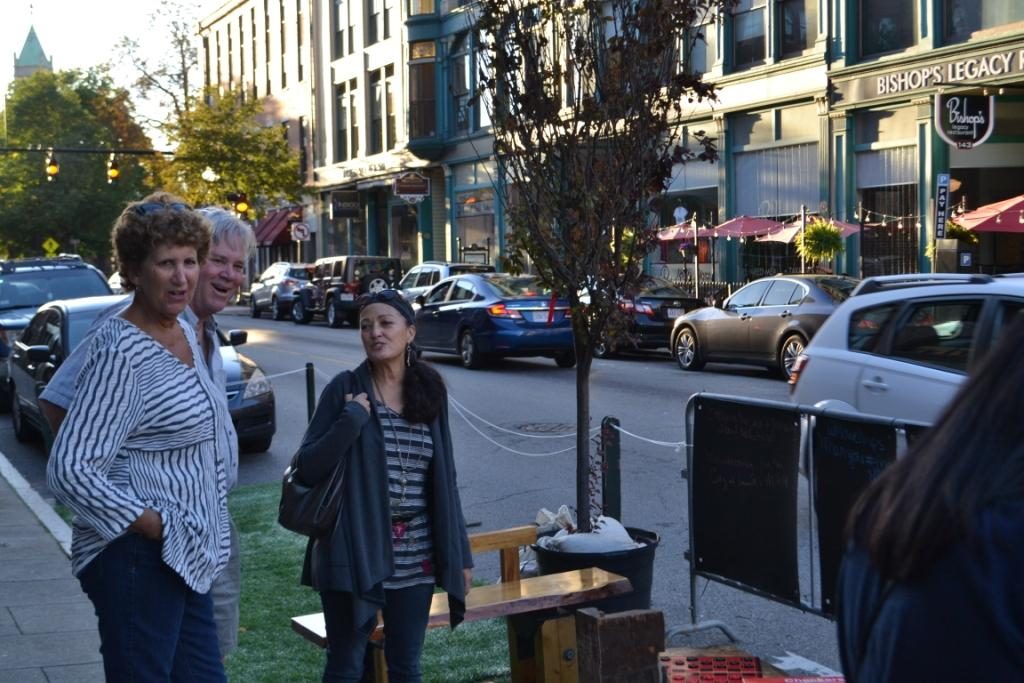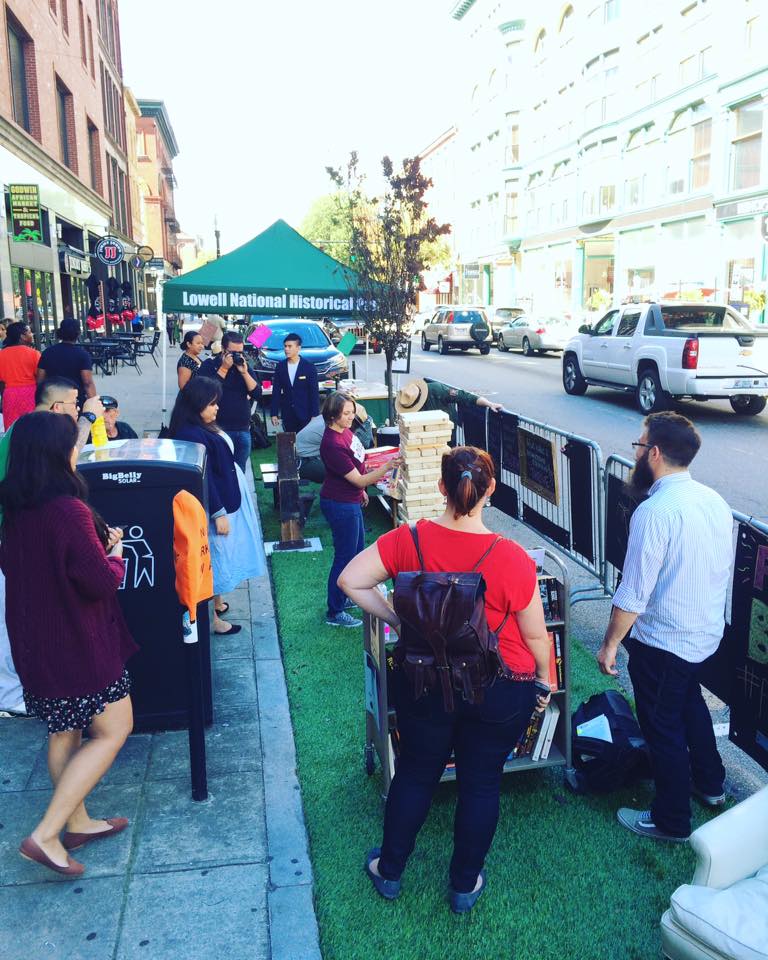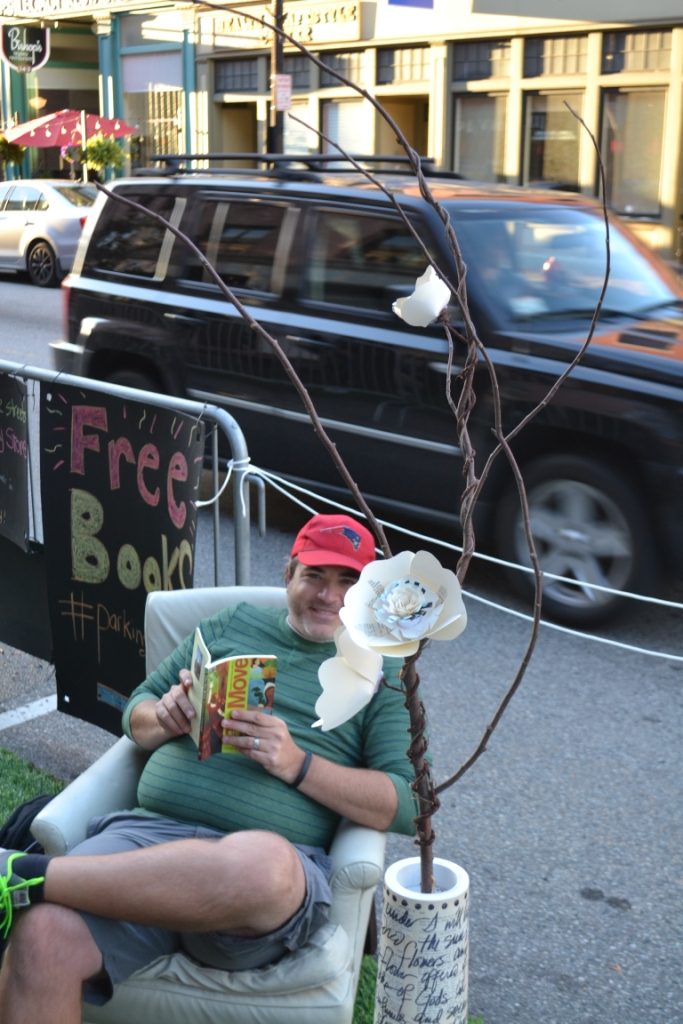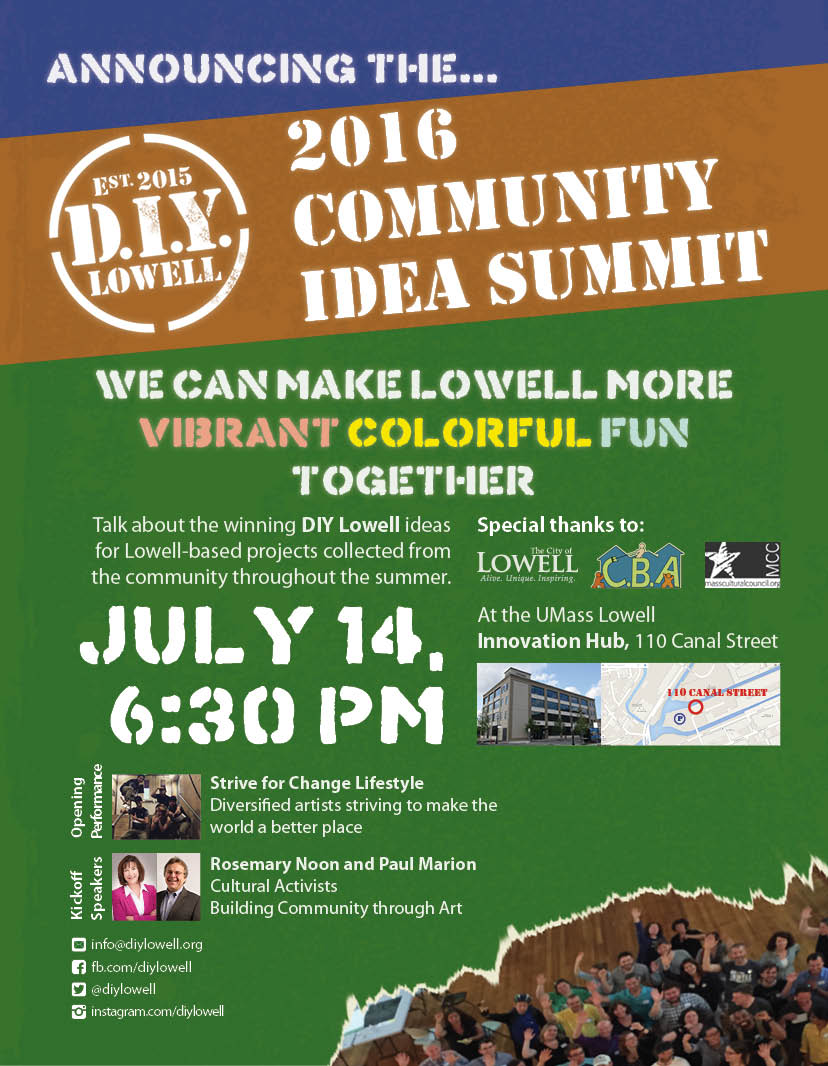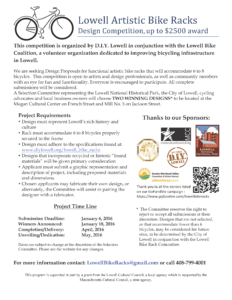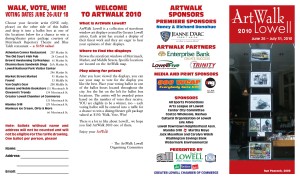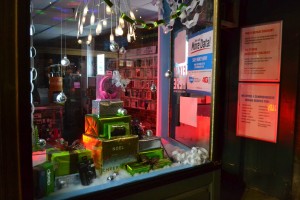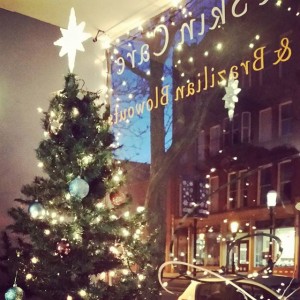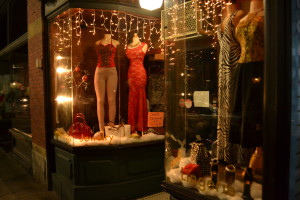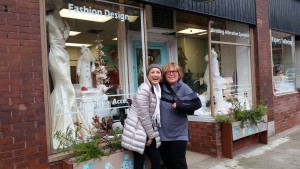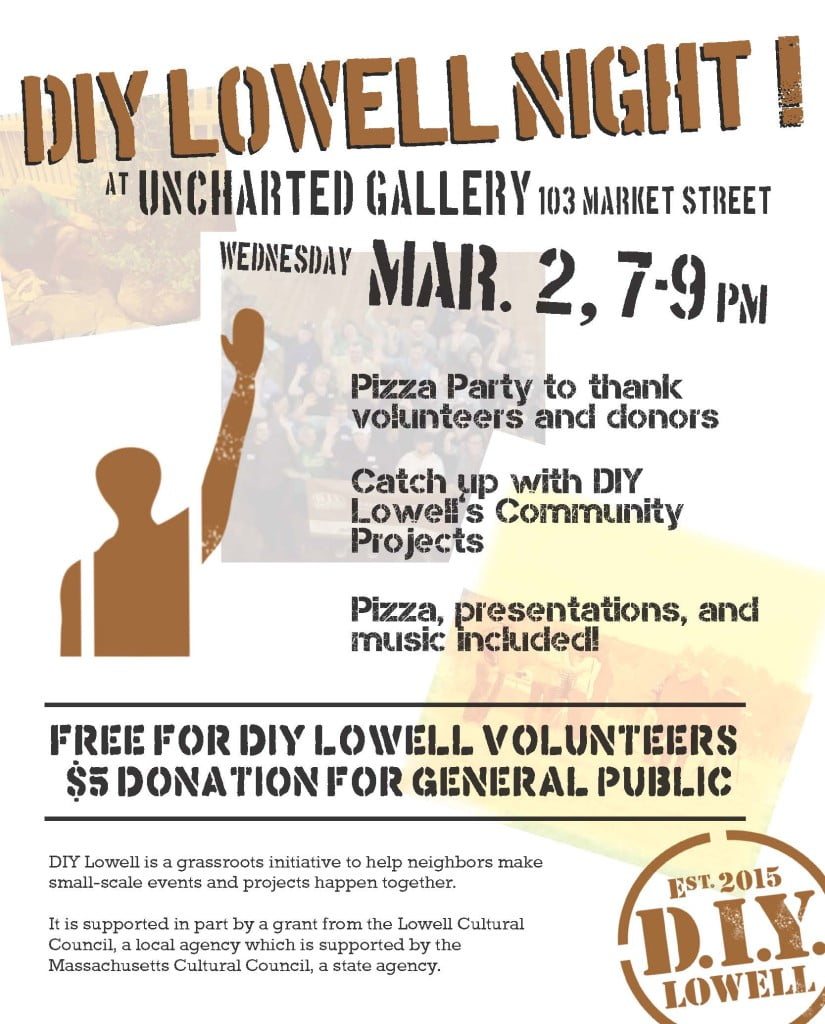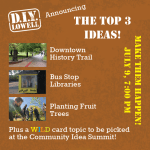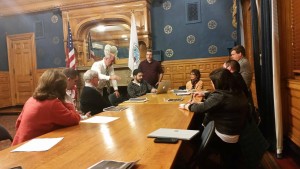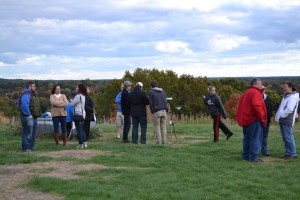Get ready for the 2017 Community Idea Summit
The votes are tallied and we’re excited to announce the winning four ideas to be discussed at our summit next Thursday, 7/20, 6:30 pm, at UTEC.
Canalways Trash-Eating Wheel – Research and Demo
Trash Awareness Project – Artistic Refuse Installation
Lowell Voices – Podcast Series
Rooftop Dining and Drinking – Special Evening Event
We’ll kick off the summit with opening musical and dance performances. Once everyone is energized, NPS Staff Christine Bruins and Resi Polixa will give insider information on their recent projects. Lowell historian and Lowell Walks coordinator Dick Howe Jr. will give an inspirational keynote. Then we’ll break into groups to discuss the winning projects and the wildcard.
Want to get inspired? Join us next Thursday, 7/20, 6:30 pm, at UTEC (15 Warren St). Add it to your calendar:
iCalendar • Google Calendar • Outlook • Outlook Online • Yahoo! Calendar
…and please RSVP on Facebook and share with your friends!
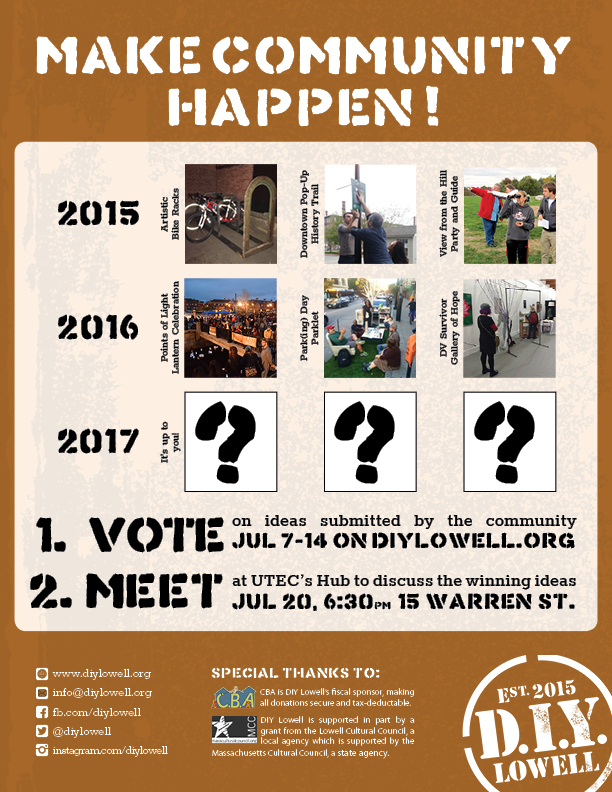
Thanks for a great event!
Community Chill Night was an amazing success with an estimated 100 participants, ten chilis, six projects featured in a community video, Do-it-Yourself nametags, and a “Chilly” DIY Dessert: an Ice Cream Sundae Bar! The remarkable evening was capped by a special performance by Lowell’s one and only Party Band.

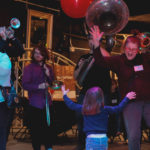

For our image gallery, click here!
 Chhavy Sinuon won Volunteer of the Year for her dedicated work on the lovely Domestic Violence Survivor Gallery of Hope. The interactive galler showcased survivors’ stories and art interpretations of their journey. More than 150 visitors found art that they could read, touch, see, feel, and hear in the three days it was active. It started conversations and connected people to resources. Check out a Lowell Sun report here and a photo gallery here.
Chhavy Sinuon won Volunteer of the Year for her dedicated work on the lovely Domestic Violence Survivor Gallery of Hope. The interactive galler showcased survivors’ stories and art interpretations of their journey. More than 150 visitors found art that they could read, touch, see, feel, and hear in the three days it was active. It started conversations and connected people to resources. Check out a Lowell Sun report here and a photo gallery here. Acre Coming Together Improving our Neighborhood (ACTION) won the Community Transformation Award for Decatur Way, a five-year project of building partnerships and bringing together hundreds of people to transform a forgotten alley that hid crime into a vibrant pedestrian way filled with art and vibrancy. Artists, Poets, and Citizens are continuing to come together to create art that will spill from the walkway into the neighborhood. Check out a Sun story here.
Acre Coming Together Improving our Neighborhood (ACTION) won the Community Transformation Award for Decatur Way, a five-year project of building partnerships and bringing together hundreds of people to transform a forgotten alley that hid crime into a vibrant pedestrian way filled with art and vibrancy. Artists, Poets, and Citizens are continuing to come together to create art that will spill from the walkway into the neighborhood. Check out a Sun story here.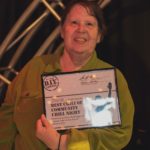 The shocking winner of the chili contest was a 3-way tie between 110 Grill Chelmsford, Maxine Farkas, and Dave Ouellette! An instant run-off was held by audience applause with Maxine just barely edging the others out for our coveted certificate.
The shocking winner of the chili contest was a 3-way tie between 110 Grill Chelmsford, Maxine Farkas, and Dave Ouellette! An instant run-off was held by audience applause with Maxine just barely edging the others out for our coveted certificate.
Co-Sponsors
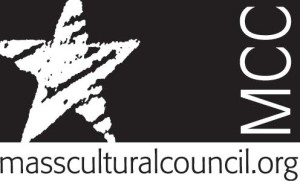 Lowell Cultural Council, a local agency which is supported by the Massachusetts Cultural Council, a state agency, for supporting in part our 2017 activities and providing a grant to the Onyx Room to give scholarships to nonprofits like DIY
Lowell Cultural Council, a local agency which is supported by the Massachusetts Cultural Council, a state agency, for supporting in part our 2017 activities and providing a grant to the Onyx Room to give scholarships to nonprofits like DIY Cultural Organization of Lowell, providing in-kind donations for Volunteer of the Year and Chili Contest winner prizes
Cultural Organization of Lowell, providing in-kind donations for Volunteer of the Year and Chili Contest winner prizesChili Participants
Cafe UTEC‘s Vegetarian Black Bean
Maxine Farkas’s Chili Verde with Pork
Lowell Film Collaborative‘s Vegan Film Lover’s Special
The Party Band‘s Temptation
110 Grill Chelmsford‘s Chili
Jennifer Myers’s Gobble Gobble Great Turkey Chili
Purple Carrot Bread Co. Spicy Black Bean and Jalapeño Chili
Dave Oullette’s Daveyo Chili
Chas’s “What’s in the Fridge”
Volunteers
Amrith Fernandes Prabhu
Christine Bruins
Russell Pandres
Henry Marte
Rithy
Carolyn delehanty
Chhavy and Vytha
Claudia DeFuria
Allyson
…and the DIY Lowell Steering Committee!
DIY Lowell Community Chill Night
Join us Friday, March 3, 6:30 – 9:00 pm at the Onyx Room in Western Avenue Studios for “Community Chill Night,” a chili contest fundraiser and the kick-off for the 2017 DIY Lowell Season. Celebrate with community connections, music, and other fun surprises including a “Chilly” Do-it-Yourself dessert. Feel free to RSVP and spread the word on Facebook!
We will honor a DIY Lowell volunteer and an outside community group at the event:
 Chhavy Sinuon won Volunteer of the Year for her dedicated work on the lovely Domestic Violence Survivor Gallery of Hope. The interactive galler showcased survivors’ stories and art interpretations of their journey. More than 150 visitors found art that they could read, touch, see, feel, and hear in the three days it was active. It started conversations and connected people to resources. Check out a Lowell Sun report here and a photo gallery here.
Chhavy Sinuon won Volunteer of the Year for her dedicated work on the lovely Domestic Violence Survivor Gallery of Hope. The interactive galler showcased survivors’ stories and art interpretations of their journey. More than 150 visitors found art that they could read, touch, see, feel, and hear in the three days it was active. It started conversations and connected people to resources. Check out a Lowell Sun report here and a photo gallery here.
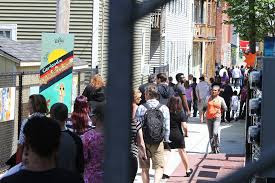 Acre Coming Together Improving our Neighborhood (ACTION) won the Community Transformation Award for Decatur Way, a five-year project of building partnerships and bringing together hundreds of people to transform a forgotten alley that hid crime into a vibrant pedestrian way filled with art and vibrancy. Artists, Poets, and Citizens are continuing to come together to create art that will spill from the walkway into the neighborhood. Check out a Sun story here.
Acre Coming Together Improving our Neighborhood (ACTION) won the Community Transformation Award for Decatur Way, a five-year project of building partnerships and bringing together hundreds of people to transform a forgotten alley that hid crime into a vibrant pedestrian way filled with art and vibrancy. Artists, Poets, and Citizens are continuing to come together to create art that will spill from the walkway into the neighborhood. Check out a Sun story here.
Please join us in honoring Chhavy, ACTION, and our other DIY Lowell volunteers and community groups. $5 suggested donation, but we won’t turn anyone away who wants to meet cool people and learn about community. RSVP on Facebook or by emailing info@diylowell.org. Fun for the whole family!
Add the Community Chill Night to your calendar:
iCalendar • Google Calendar • Outlook • Outlook Online • Yahoo! Calendar
Pop-Up for Park(ing) Day
Last Friday, September 16, the Park(ing) Day Parklet group and community partners transformed three parking spaces into a mini-park, changing the meaning of parking space, if just for a day! The theme was “Words Matter,” and over 300 people came to drop off or pick up books, read, play Jenga, take downtown selfies, participate in Lowell National Historical Park’s story-sharing station, and otherwise have fun.
The group and DIY Lowell hope this starts a conversation about how we can creatively use space downtown. The mission of PARK(ing) Day is to demonstrate the need for urban open space, engage in community conversations around how and where these spaces are created, and improve the quality of human experiences on a block level… at least until the meter runs out! In 2016, 160 cities across the world participated in #parkingday
The group is already discussing next year, as several business owners expressed interest in having Park(ing) Day parklets of their own. At least for a single day, it seemed that nobody missed the parking spaces: Christine Bruins, a group member, said, “It’s great, you can see people begin to smile halfway down the block!”
The group wants to thank the following groups and individuals:
- Permission – City of Lowell Parking and Garages Department (Nicholas Navin, Director)
- Trees – Lowell Park & Conservation Trust, Inc (Jane Calvin, Executive Director) and City of Lowell Public Works Department (Steve Benoit)
- Donated Books – Pollard Memorial Library (Sean Thibodeau, Coordinator of Community Planning); Friends of Pollard Memorial Library; Loom Press Web (Paul Marion); many private individuals
- Logistical Support – Humanity Style Boutique (Ani Vong, Owner)
- Fencing Material – Lowell National Historical Park (Michael Fernandes, Grounds Supervisor)
- Benches and carpentry – (Lowell Makes, Jon Goplerud – benches and Mark Hunter- carpentry)
- Cupcakes – Little Delights Bakery (Lee Taing, Owner)
- General support, press, and promotion – DIY Lowell; Lowell National Historical Park
Photos
The group included Christine Bruins, Katherine DuBose Fuerst, Brian Meade, Corey Sciuto, and Katie Stoll.
Community Idea Voting and Summit!
Thanks, everyone, for your votes. We’re happy to announce the top four winners!
These will be discussed at the 2016 Community Idea Summit, happening 6:30 pm at the UMass Lowell Innovation Hub at 110 Canal Street. We are excited to have Strive For Change Lifestyle kicking us off with a special performance and Rosemary Noon and Paul Marion talk about how art builds community in Lowell! After that, we’ll break into groups to discuss winning ideas with community officials. You can add the it to your calendar using the links below and sign up on our Facebook event!
iCalendar • Google Calendar • Outlook • Outlook Online • Yahoo! Calendar
Bike Racks: Lessons about Getting Allies and Calls for Artists
 The Lowell-Themed Artistic Bicycle Racks project is one of two to come out of the “wild card” group. It didn’t win the online vote; it won because folks who were passionate about it showed up at the summit ready to advocate for it. The Artistic Bike Rack idea had support from the Lowell Bike Coalition, and they drew in others who were interested in the idea of promoting bicycling and art downtown. Their idea was to install one or more bike racks that would be works of art in their own right and provide a safe spot to park bicycles.
The Lowell-Themed Artistic Bicycle Racks project is one of two to come out of the “wild card” group. It didn’t win the online vote; it won because folks who were passionate about it showed up at the summit ready to advocate for it. The Artistic Bike Rack idea had support from the Lowell Bike Coalition, and they drew in others who were interested in the idea of promoting bicycling and art downtown. Their idea was to install one or more bike racks that would be works of art in their own right and provide a safe spot to park bicycles.
What’s been going on?
This group was able to accomplish an impressive amount in a short time. They set their first meeting soon after the summit, and quickly developed a plan to obtain funding, create design guidelines, put out a call for artists, and select suitable locations.
Their fundraising efforts have been remarkably successful. They set up a GoFundMe page, which so far has raised $1,700, including donations from individuals, the Greater Lowell Convention and Visitors Bureau, and beloved downtown staple Cobblestones. They also won a competitive grant from the Lowell Cultural Council.
The funding enabled them to put out a call for artists with a cash prize for design, materials, and fabrication. From among the artists’ submissions, the committee selected two designs, and once the fabrication planning is complete, they hope to partner with the Greater Lowell Technical High School to manufacture the racks.
That they have locations, donations, and a plan for fabrication is a testament to this group’s impressive ability to bring allies on board and get others excited about the idea. Lisa Arnold, one of the group’s leaders, traces this back to a crucial moment at the summit. Within the Wild Card group, it was clear that they had a lot of support for the bike rack idea, and it was suggested that those interested immediately separate. Lisa pushed back, pointing out that if the idea was going to succeed it had to have the support of the non-cycling community to survive and thrive.
They’ve been able to bring many others on board, probably due to a combination of it being a great idea and the dedicated and energized outreach of group members. The National Park Service is on board, offering the spot in front of the Mogan Center, and the continuing input and support of Christine Bruins. Christine’s willingness to set aside time for a community project is good news for Lowell going forward. Mill No. 5, offering another spot, once again proves itself a center of innovation and creativity in the community. Deb Belanger of the Greater Lowell Convention and Visitors Bureau has been another important ally. Finally, networking with Curtis LeMay of the Greater Lowell Technical High School Committee has provided a possible avenue for fabrication, as the Voke students may be able to construct them as a project.
Lisa Arnold says that working on this project has been a challenge and an opportunity for her as an introvert. She says it’s gotten her to events to network, and given her something to talk about as she meets new people. Connecting and empowering community leaders is one of the larger goals of DIY Lowell, and so hearing that it has done just that for her means that DIY Lowell is fulfilling its mission.
Calls for Artists: Lessons learned?
The most challenging aspect for the group was the request for proposals. They just didn’t get as strong a response as they hoped for. Lisa has some guesses about why. They chose to ask for technical drawings rather than loose sketches, and that may have been too high a bar for entry for some. The open period also took place in December to January, over UML’s holiday break, and Lisa suspects that might have limited their ability to capture student interest. Finally, they found it more challenging than they expected to communicate with the artist community. Some hiccups are always a part of a process like this, but maybe hearing about these will help a future project plan around them.
And what’s next?
They’ll soon be releasing their finished concepts and moving on to fabrication. From there, if all goes well they should start being installed over the summer. If you want to get involved, you can join the group as it moves forward, or donate to their GoFundMe.
Temporary, Part-Time Summer Positions Open: Do-it-Yourself Lowell Street Team Member
(Click here for PDF Job Description, 162 kb)
Update: Applications accepted until Friday, April 8.
Lowell is a big place, and we need help reaching out to Lowell’s diverse community to get people’s ideas and get them involved in the project. We know there are great ideas in every part of the city, we want to get as many folks involved as possible, and we want to get people from di erent neighborhoods and backgrounds working together. As a Street Team member, you will work as a team, learning and creating di erent marketing methods to reach out to the community and ask them to participate.
Responsibilities
Job is 6 hours a week from April 11 to July 1. Certain evenings and weekends are a must.
- Team Orientation and Meetings: Attend a short orientation and bi-weekly meetings to discuss outreach strategies and tasks
- Community Tabling: As a team, manage a DIY Lowell table at community events, speaking to strangers with con dence, providing information about DIY Lowell, listening to their ideas and questions, and encouraging them to participate in DIY Lowell
- Small Group Engagement: Reach out to and speak to groups such as neighborhood groups, community organizations, and churches
- Social Media: Maintain DIY Lowell’s Facebook and Twitter accounts, sharing submitted ideas, photos, and project examples from Lowell and other towns
- Other Outreach: Work as a team to manage additional marketing as assigned, including yering, taking pictures, contacting media, and other creative strategies
- Logistic Support: Provide logistical support for summit event, including help with planning and setup
Quali fications
- Ability to con dently interact with a wide variety of people in Lowell across a spectrum of backgrounds and ages—those with bilingual abilities are strongly encouraged to apply
- Comfort with public speaking to both small groups and one-on-one
- Knowledge and skill using a variety of social media outlets
- Availability and willingness to travel to events in Lowell on evenings and weekends
- Enthusiasm and interest in DIY Lowell’s goals
- Responsibility, self-motivation, and organization
- Willingness to encourage your personal network to participate in DIY Lowell a plus (this could include your family, neighborhood, school friends, or colleagues)
Benefits
- $13/hour stipend
- Excellent resume builder for community engagement, marketing, and event planning
- Work collaboratively in a fun environment with another Street Team member, DIY Lowell founders, and others
- Good opportunity to network within the Lowell community and meet people from many organizations and professional groups
Please submit a resume and cover letter to info@diylowell.org. Deadline: April 8, 2016, 5:00 pm.
Decorating Downtown Lowell
You may have heard about our most recent project last December. The Downtown Holiday Display program wasn’t part of the five ideas coming out of the 2015 Community Idea Summit, but it was a great showcase of how a group can come together quickly to take advantage of an opportunity and set themselves up for the future. In a nutshell, we helped decorate downtown storefronts with art, merchandise displays, or other decorations, but the story might contain lessons for others.
The Genesis of the Idea
This idea wasn’t new. In fact, a community member suggested a similar idea, and it was very close to being one of the top ideas in 2015. Additionally, Aurora and I learned that Lowell had a summer Art Walk several years ago, sponsored by local institutions and philanthropists.
However, the timing and exact nature of the Downtown Holiday Display program came from learning that City of Lights includes a decorating contest with prizes up to $125, but only a handful of businesses usually participate. The theme was “Sparkly, Snowy, Spectacular,” broad enough that everyone should be able to participate. Also, by participating, businesses would be listed on a ballot for people’s choice awards. We proposed that some businesses might join if they had a bit of prompting and help decorating.
In addition, we learned a staff member from the City was putting together a special display featuring the Snow Bunny and recreating a fan-favorite Polar Express train display in the former Welles Emporium. We realized that we could help make a critical mass of displays, perhaps creating an attraction that could last after City of Lights and draw people in from neighboring communities!
Getting the Interest
With this in mind, we were faced with a chicken-and-egg dilemma: do we ask the businesses and find empty storefronts first, to know there was a demand? Or do we assemble a team and do fundraising first, to know that we had the resources to help? Ultimately, we did both at the same time. We knew time was a factor, and we could be careful to not promise anything as we were gauging interest.
Lowell’s Special Events office had a list of downtown business contacts, which we used to send an email asking for interest in decorating help. Although we expected only one or two businesses to respond, we ultimately got more than a dozen! Some were established businesses looking for help to take their displays “to the next level”, while others were businesses that might have trouble doing anything at all if they didn’t receive help.
Meanwhile, we reached out to our DIY Lowell mailing list to ask for help. After getting some great replies, we met several artists and community activists at Coffee and Cotton. Many thought there wasn’t enough time to do anything meaningful, but we argued that if we did something small-scale with the opportunity we did have, we could start earlier and bigger for Winterfest or next year’s City of Lights. It appears to have been convincing, as Mary Hart of First Thursdays agreed to decorate a single empty window as a pilot project; Dan Rocha of ALL worked on a window for Lowell Makes; Crystal Arnott pulled a team together to do a special Humane Society Window; and Katherine DuBose Fuerst agreed to help some stores put together merchandise displays. Britt Boughner and Deborah McDuff offered to help with outreach.
Finding Hosts
The City’s economic development office gave Aurora and I leads on property and business owners with empty windows that might host displays. We also reached out to the owners of Hypertext Bookstore, who had not moved in and had an empty display window. We learned that flexibility was a key – many property owners couldn’t give a key, so we had to arrange to build the displays during certain times. We also learned that art displays were often accidentally lost, meaning that we had to make sure that owners understood that we needed materials back, but we also had to be clear to artists that we shouldn’t use anything that wasn’t irreplaceable. Insurance and contracts help make this less of an issue, but also take time, money, and may scare away potential hosts.
We also had to be creative. We reached out to not only empty storefronts, but also “underutilized” storefronts, which might include first-floor lobbies of banks, insurance agencies, and doctors’ offices. Meanwhile, the City made sure that public agencies such as the Career Center would also decorate their lobbies, especially in what was turning out to be a key block: Merrimack Street between John and Kirk. It was important because so many businesses there were already planning to decorate or participate in City of Lights in other ways, it was the planned location of the City’s Snow Bunny/Polar Express display, and there were a lot of opportunities to make this a marquee block by decorating remaining stores.
Fundraising for Downtown Decorations
In some cases, stores had their own decorations, and they just needed help putting them up. In other cases, they donated money to build a display. Others donated sweat equity, helping put up decorations we provided. Property owners donated space, but required us to provide all materials and build displays ourselves. With that in mind, we conducted a campaign with a goal of $500.
We raised $400, which was still enough to pay for all the supplies we needed that weren’t donated with a small amount leftover to provide modest thank-you gifts to the artists that worked with us. We learned a few things doing the fundraising. Firstly, while we thought that many people living downtown would donate $10 or $20, in actually, the funds came from larger gifts from a small number of people. Just as in previous efforts, direct appeals worked best, providing more than half of the donations, while the other donations came from those who heard about the project and wanted to help.
We researched a number of online platforms for fundraising, including gofundme, fundly, and direct PayPal donations. We ultimately settled on a lesser-known platform called “Razoo” because they took the smallest cut while still providing tools such as social media sharing and tracking of donors. The back-end was easier to use, and they send one check to our fiscal sponsor, which made things a lot easier than individual payments. However, we have no idea if anyone was afraid or confused about the less-known name (as opposed to something like kickstarter).
Putting Up the Displays
We ultimately put up a number of displays, some of which have good stories that we will share in a future post. Because of our limited resources, we chose businesses that might have extra challenges in putting up limited decorations.
- HyperText Bookstore: Snow Queen from Chronicles of Narnia
- Mills42 Lobby: Humane Society Display
- Lowell Makes: Elephant from ALL
- Former Ri-Ha Computer: Woodland Fantasy
- Courthouse Deli, Eleni’s Fashion and Tailoring, Emmanuel Boutique, iWorld Accessories, Unique You Salon: Merchandise or window displays
Sometimes, I felt as if we were cheating, because several of the displays were handled between the business owner and volunteer, and we only played “matchmaker.” Our hope is that we can continue matchmaking in the future, but also use our skills to promote and fund participating businesses and artists.
What’s Next?
Two interesting ideas came out of the group:
The first was an idea to bring area nonprofits together to create holiday displays that also promote their missions. The Humane Society might be joined by CTI, CBA, Lowell Transitional Living Center, or others in creating small displays that could be installed in empty or underutilized storefronts.
The second was to recreate the Art Walk, only in the winter. Artists display works in empty or underutilized storefronts from City of Lights to Winterfest, and a trail is developed and promoted for the season. Perhaps $200 per storefront would be budgeted for materials and artist stipends.
Of course, we also want to expand the program of teaming with artists to create merchandise displays in stores that might not otherwise have them, re-using our decorations year to year while also collecting more and more.
We will hopefully determine what we’ll pursue over the summer, and start in early fall to do an expanded program with more promotion!
Lessons Learned
Part of our goal for the Blog is to share lessons learned. What did we learn from this project?
- There is a huge appetite for both basic help in decorating and professional artist-led displays in existing storefronts.
- Property owners are quite willing to host displays if artists can be flexible, but it may take more work to find the right balance between accommodating both hosts and artists.
- We should continue to be careful to have clear communication between potential hosts and volunteers, so everyone knows what to expect. Budgeting time for double-checking may be important.
- A lot can be done in a small amount of time, but finding volunteers is a slow process that may need to build from year to year.
- The City’s Economic Development and Special Events offices were huge helps, so long as we were able to do most of the footwork.
- Merchandise displays require a special touch working with the storeowners to understand what their unique customers respond to, but also educating the storeowners on best practices.
- Merchandise displays also require understanding of how to balance or enhance being eye-catching and secure.
- Promotion takes a lot of time. Although we discussed our efforts on Facebook, it would take more effort to advertise outside of our immediate circle.
- Displays may be unexpectedly need to be taken down earlier than expected, and it’s unclear how this might affect promotion and how we can prepare for or mitigate this.
- Fundraising is still tricky, and more work might be needed to see if a small-donation model is feasible.
Look out for future posts about specific displays and other lessons learned! We want to recognize and extend a thanks to Britt, Christine, Corey, Dan, Jack, Julia, Katherine, Mark, Mary, Meghan, Michael, Paul, Samantha, Sheila, Lowell Humane Society, Lowell Makes, Mills42, and Taupier Real Estate/120 Merrimack, who donated decorations, space, time, and/or money to the project. We’ve made downtown brighter together.
DIY Lowell Night
Inviting you to DIY Lowell Night, a pizza party at UnChARTed Gallery to thank DIY Lowell’s volunteers and donors. Learn about DIY Lowell’s community projects! Hear the unveiling of DIY Lowell’s 2016 plans! Pizza, presentations, and music will be included.
Free for DIY Lowell volunteers. $5 donation at the door for everyone else. Sign up for the Facebook event here!
The 2015 Idea Run-Down
The previous post discussed the DIY Lowell process of idea submission, voting, and the idea summit. This post will give an overview of the five projects coming out of the summit and where they’re at now.
Downtown History Trail
 Although the voting was close for many of the ideas, Downtown History Trail was the exception: it was the most popular idea by many votes. It attracted a pool of talented individuals, some more experienced than others. They felt they got a slow start because they spent much of the kick-off summit discussing an appropriate scope for the project—where the trail should go, whether it should have a mobile phone app, and it should be marked. Because of that, they had another session very soon after the first where they picked roles based on their interest. From there on out, they met about once every three weeks to a month to update one another on their progress and make decisions.
Although the voting was close for many of the ideas, Downtown History Trail was the exception: it was the most popular idea by many votes. It attracted a pool of talented individuals, some more experienced than others. They felt they got a slow start because they spent much of the kick-off summit discussing an appropriate scope for the project—where the trail should go, whether it should have a mobile phone app, and it should be marked. Because of that, they had another session very soon after the first where they picked roles based on their interest. From there on out, they met about once every three weeks to a month to update one another on their progress and make decisions.
After discussing the trail idea with Steven Stowell, the administrator for the Lowell Historical Board, and a group of park rangers at Lowell National Historical Park, they sketched out a trail based on the original plans for the National Park. The trail will be sketched out with spray chalk stencils and interpretive signs will be placed at key points along the trail. Their plan was well-received at a meeting with officials from the historic board, COOL, and the National Park. They credit much of the success to having one member draft an outline of what their options were and how the project could be phased—so they could concentrate on the first steps while keeping larger-scale ideas on paper for future years.
Planting Fruit Trees
The planting fruit trees group had a different experience. This group’s idea was to find a space—public or private—to plant a fruit tree that the community could support and that would provide free food for neighbors. With the success of one site, they might be able to replicate it throughout the community. Although the group generated some great interest at the summit, they were unable to find a time to meet afterward. After several months, the group reconvened, but lost a few members. Despite this, the group made great progress by meeting with key individuals, such as Jane Calvin at the Lowell Parks and Conservation Trust. She pledged a sapling donation, and the group leader was able to re-energize the group by making a formal announcement at the film screening of “The Fruit Hunters,” co-hosted by Lowell Parks and Conservation Trust. The leader says they “got a GREAT show of support with folks signing on to learn more and be a part of it.” Their next steps are reaching out to private land owners.
Bus Stop Libraries
The Bus Stop Libraries group faced similar problems with finding an initial meeting time. The idea was to install one or more waterproof cabinets stocked with books at bus stops, so bus patrons could take or leave books as they waited for the bus. They coordinated through Facebook, which turned out to be a great spot to brainstorm ideas, but the group found it difficult to make progress from that stage. Once again, they found meeting with key individuals and institutions to be the way forward. They’re gathering information from Jeanne D’Arc Credit Union, which has sponsored similar “Little Free Libraries” at the Boys and Girls Club and Rotary Park.
Artistic Bicycle Racks
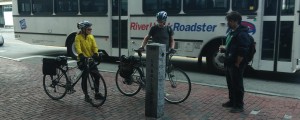
Members of the Bike Rack group–and Eric Sack of Lowell Makes–surveying locations downtown with City of Lowell staff.
The wildcard group ultimately split into two smaller groups, each pursuing a project. The Artistic Bike Rack group was composed of members of the Lowell Bicycle Coalition and others who were interested in the idea of promoting bicycling and art downtown. Their idea was to install one or more bike racks that would be works of art in their own right and provide a safe spot to park bicycles.
They set their first meeting soon after the summit, and sketched out a plan of what they would need as soon as possible: funding, design guidelines, a call for artists, and locations. Each group member pursued one of those action items. The group had regular meetings between once and twice a month so that members could update on progress along with setting up a “google group” so that any one member could email all the other members in the group.
With an initial push to get basic introductory text put together as soon as possible, that text was used to set up a GoFundMe page in which the group has raised more than $1,500, and a winning grant application to the Lowell Cultural Council (and several other grant applications). The group recently closed their call for artists and formed a partnership with Great Lowell Technical High School, who may fabricate the bicycle racks with artist designs if the artist is unable.
View from Christian Hill
The View from Christian Hill group was the other wildcard group, and they successfully organized a viewing party at the reservoir of Christian Hill. The group was small, but the idea was simple: bring a few telescopes to the reservoir, print out a few guides of interesting sights one can see from the hill, bring some food, and advertise via Facebook and word of mouth. This drew more than 30 people to the hill, talking about the neighborhood, meeting neighbors for the first time, and learning more about DIY Lowell.
With the overview of groups complete, our next posts will dive into different lessons each project group is learning along with the lessons we’re learning as a fledgling organization. We hope you’ll stay tuned! We welcome any questions and suggestions for future posts.
